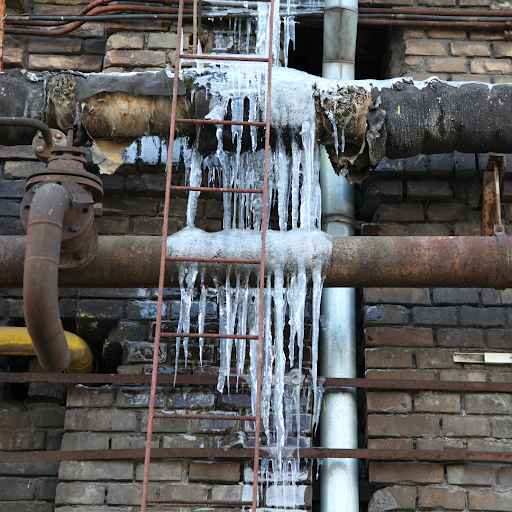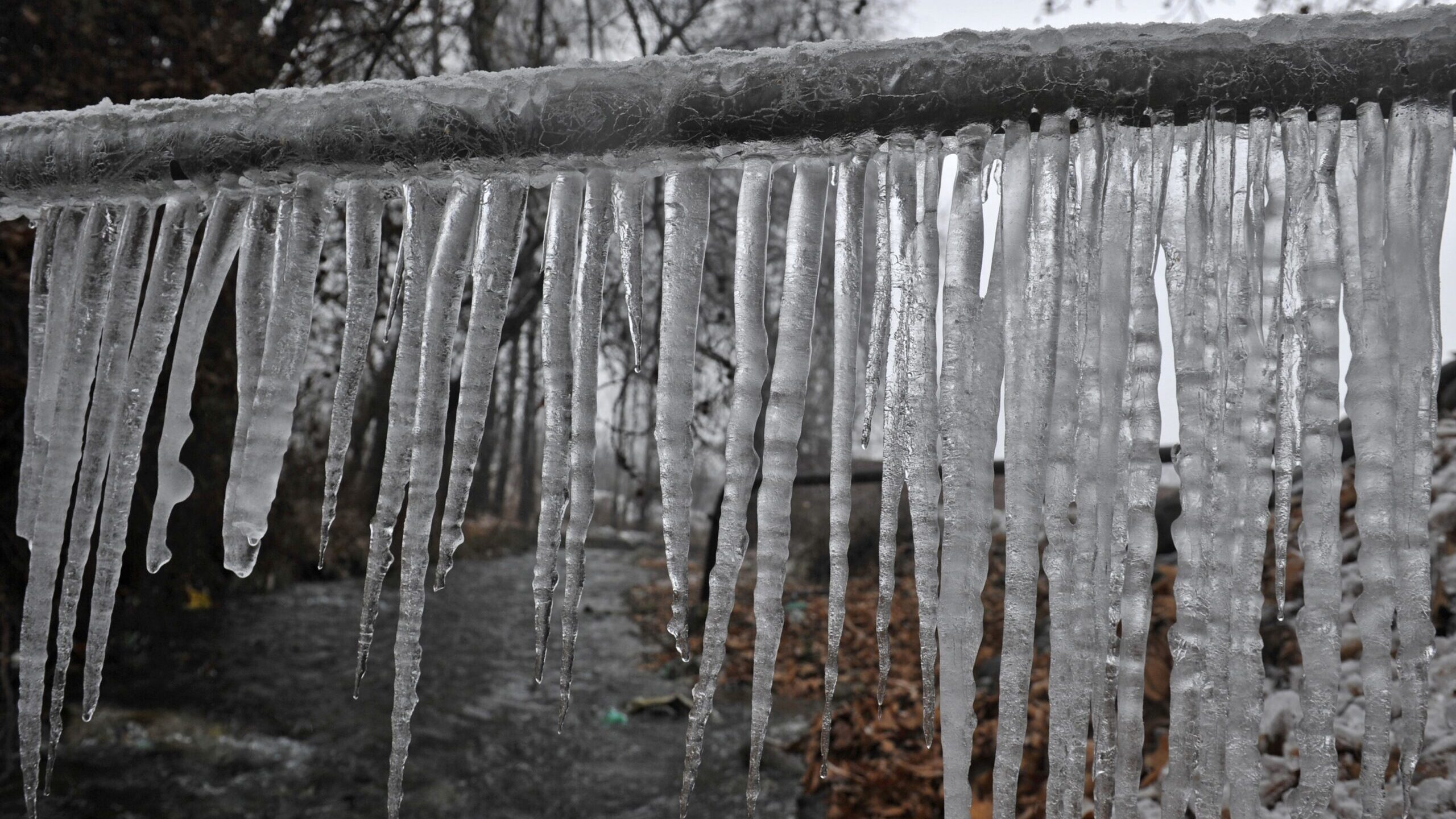Avoiding Your Pipes from Freezing: Best Methods
Click HereThe publisher is making several good points relating to Prevent Frozen Pipes as a whole in this content underneath.

Winter can wreak havoc on your plumbing, particularly by freezing pipelines. Here's just how to prevent it from taking place and what to do if it does.
Introduction
As temperature levels decrease, the danger of icy pipelines increases, potentially resulting in expensive repair work and water damages. Comprehending just how to prevent frozen pipes is essential for homeowners in cold climates.
Comprehending Icy Pipelines
What causes pipes to freeze?
Pipes freeze when revealed to temperature levels listed below 32 ° F (0 ° C) for extended durations. As water inside the pipelines freezes, it increases, taxing the pipeline walls and potentially creating them to break.
Dangers and problems
Icy pipelines can bring about water disruptions, property damages, and expensive fixings. Ruptured pipelines can flooding homes and cause comprehensive architectural damage.
Indicators of Frozen Piping
Recognizing frozen pipelines early can avoid them from bursting.
How to determine icy pipes
Search for decreased water circulation from faucets, uncommon smells or sounds from pipes, and noticeable frost on exposed pipelines.
Avoidance Tips
Insulating at risk pipelines
Wrap pipes in insulation sleeves or use warmth tape to safeguard them from freezing temperatures. Focus on pipelines in unheated or exterior areas of the home.
Heating techniques
Keep indoor areas adequately heated, especially locations with plumbing. Open cabinet doors to permit warm air to circulate around pipelines under sinks.
Shielding Outdoor Plumbing
Yard hose pipes and exterior faucets
Disconnect and drain pipes yard pipes prior to winter. Install frost-proof spigots or cover exterior taps with protected caps.
What to Do If Your Pipelines Freeze
Immediate actions to take
If you believe frozen pipes, keep faucets available to alleviate pressure as the ice melts. Make use of a hairdryer or towels soaked in hot water to thaw pipelines gradually.
Long-Term Solutions
Structural adjustments
Consider rerouting pipes far from exterior wall surfaces or unheated areas. Add additional insulation to attics, basements, and crawl spaces.
Updating insulation
Purchase premium insulation for pipelines, attic rooms, and wall surfaces. Appropriate insulation assists preserve consistent temperature levels and minimizes the danger of frozen pipelines.
Conclusion
Stopping icy pipes needs positive procedures and fast actions. By recognizing the reasons, indicators, and preventive measures, homeowners can shield their pipes during winter.
5 Ways to Prevent Frozen Pipes
Drain Outdoor Faucets and Disconnect Hoses
First, close the shut-off valve that controls the flow of water in the pipe to your outdoor faucet. Then, head outside to disconnect and drain your hose and open the outdoor faucet to allow the water to completely drain out of the line. Turn off the faucet when done. Finally, head back to the shut-off valve and drain the remaining water inside the pipe into a bucket or container. Additionally, if you have a home irrigation system, you should consider hiring an expert to clear the system of water each year.
Insulate Pipes
One of the best and most cost-effective methods for preventing frozen water pipes is to wrap your pipes with insulation. This is especially important for areas in your home that aren’t exposed to heat, such as an attic. We suggest using foam sleeves, which can typically be found at your local hardware store.
Keep Heat Running at 65
Your pipes are located inside your walls, and the temperature there is much colder than the rest of the house. To prevent your pipes from freezing, The Insurance Information Institute suggests that you keep your home heated to at least 65 degrees, even when traveling. You may want to invest in smart devices that can keep an eye on the temperature in your home while you’re away.
Leave Water Dripping
Moving water — even a small trickle — can prevent ice from forming inside your pipes. When freezing temps are imminent, start a drip of water from all faucets that serve exposed pipes. Leaving a few faucets running will also help relieve pressure inside the pipes and help prevent a rupture if the water inside freezes.
Open Cupboard Doors
Warm your kitchen and bathroom pipes by opening cupboards and vanities. You should also leave your interior doors ajar to help warm air circulate evenly throughout your home.

Do you appreciate more info about 6 Ways to Prevent Frozen Pipes? Give a review further down. We'd be pleased to listen to your opinion about this write-up. In hopes that you come back again in the near future. Do you know someone else who is interested in the niche? Feel free to share it. Thanks for your time invested reading it.
Call Today